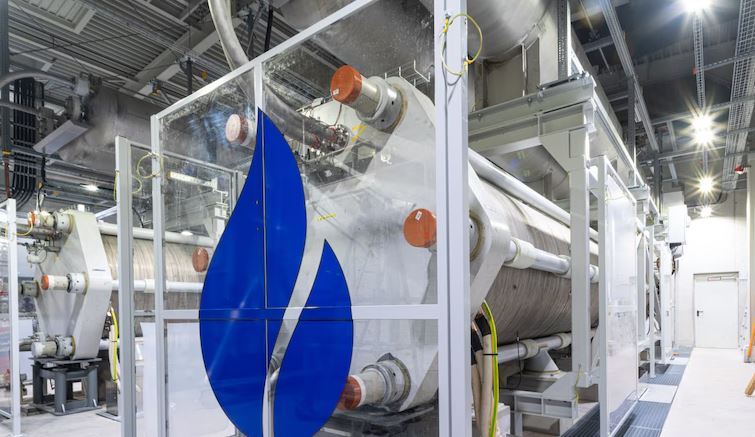Linde Engineering’s recent delivery of a four megawatt (MW) electrolysis plant marks a significant step in Germany’s pursuit of a hydrogen-powered future. Integrated into RWE’s 14 MW pilot facility in Lingen, this project is part of the broader GET H2 Nukleus initiative. While the collaboration between Linde and RWE represents progress, it’s essential to critically examine how these developments align with Germany’s ambitious net-zero goals and whether they truly represent a scalable solution for the future.
A Closer Look at the Four MW Electrolysis Plant
The newly integrated four MW electrolysis plant, based on proton exchange membrane (PEM) technology from ITM Power, is the first tangible result of Linde’s partnership with RWE. The facility, commissioned in the presence of Federal Minister for Economic Affairs and Climate Action Robert Habeck, is expected to serve as a cornerstone for future hydrogen projects in the region. However, despite the fanfare, it’s worth questioning whether this scale of development is sufficient to drive the industrial shift Germany envisions.
The GET H2 Nukleus Project: Ambition Meets Reality
As part of the GET H2 Nukleus project, Linde is tasked with designing and constructing two 100 MW PEM electrolysis plants, with the first unit set to be operational by 2025 and the second by 2026. The project aims to link green hydrogen production in Lingen with industrial consumers in Lower Saxony and North Rhine-Westphalia. However, the project’s timeline raises concerns. With the first unit not operational until 2025, Germany’s progress towards its net-zero targets may face delays, especially given the urgent need for scalable hydrogen solutions.
Scaling Up: Is Linde’s Experience Enough?
Linde Engineering’s century-long experience in the hydrogen industry is frequently cited as a key asset in its role within the GET H2 Nukleus project. But the question remains whether this historical expertise translates into the ability to meet contemporary demands. The scale and complexity of producing green hydrogen on an industrial level require more than just experience; they demand innovation and rapid deployment. Linde’s track record, while impressive, will be put to the test in this high-stakes environment.
Hydrogen Production and Germany’s Net-Zero Ambitions
The GET H2 Nukleus project is presented as a crucial component of Germany’s strategy to decarbonize its industrial sector. While the integration of the four MW electrolysis plant is a positive step, the broader context reveals that much more is needed to meet the country’s ambitious climate goals. The production of green hydrogen at scale remains a challenge, and projects like GET H2 Nukleus, while important, may not be enough to keep Germany on track for its net-zero targets.
